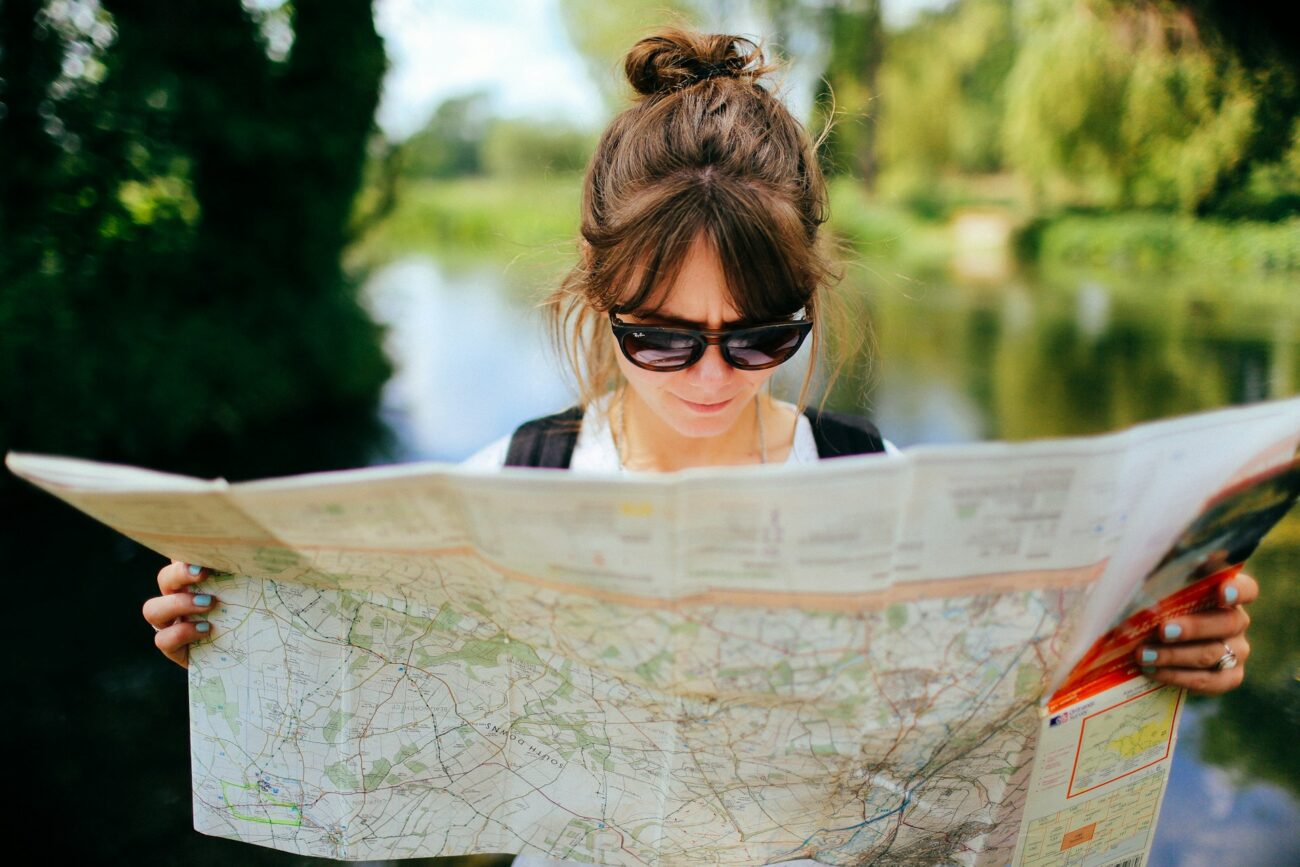Embarking on an outdoor adventure can be one of life’s most rewarding experiences, offering a unique blend of exhilaration, connection with nature, and personal growth. Whether you’re dreaming of summiting a mountain peak, kayaking down rapids, or simply spending a weekend camping under the stars, proper planning is essential to transform your outdoor aspirations into reality. The difference between a memorable journey and a miserable ordeal often comes down to preparation. This comprehensive guide walks you through 15 crucial steps to plan your perfect outdoor adventure from the ground up, ensuring you’re well-equipped to handle whatever Mother Nature might throw your way while maximizing enjoyment and minimizing risks.
1. Define Your Adventure Vision
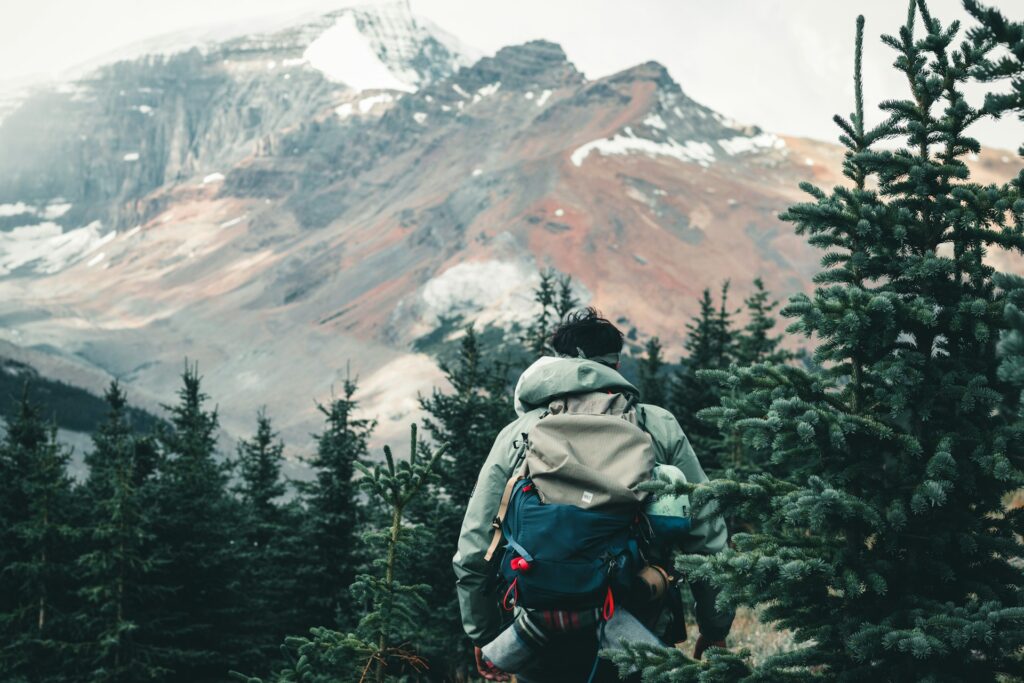
Before diving into logistics, take time to clarify what kind of outdoor experience you’re seeking. Are you looking for solitude in remote wilderness, or a more social adventure with friends? Do you crave adrenaline-pumping activities, or prefer a gentler communion with nature? Consider your experience level honestly – while challenging yourself is good, starting with an expedition far beyond your abilities can be dangerous and discouraging. Think about duration too – a day hike requires different planning than a week-long backpacking trip. Writing down your adventure goals and priorities will serve as a foundation for all subsequent planning decisions.
2. Research Potential Destinations
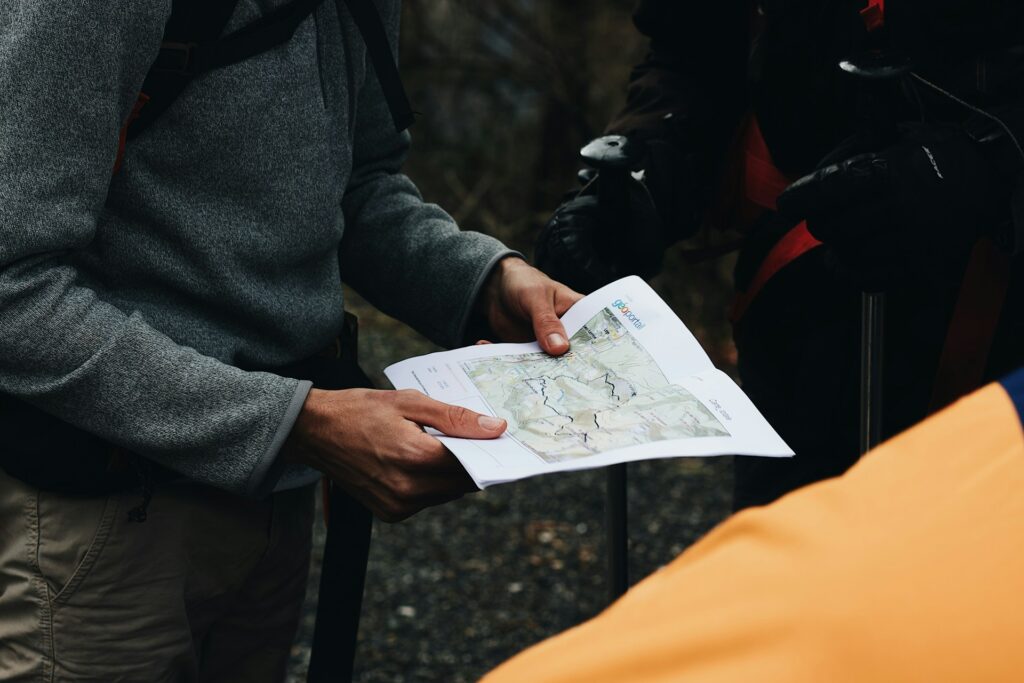
Once you’ve defined your vision, research destinations that align with your goals. Start with guidebooks, outdoor magazines, blogs, and websites dedicated to your chosen activity. National and state park websites often provide excellent information about trails, campsites, and permit requirements. Consider factors like seasonality – some areas are inaccessible or dangerous during certain months due to weather conditions. Look into the difficulty level, required technical skills, and typical weather patterns. Online forums and social media groups can provide recent firsthand accounts from other adventurers who’ve recently visited your potential destinations, offering invaluable current information that published guides might lack.
3. Assess Required Skills and Training
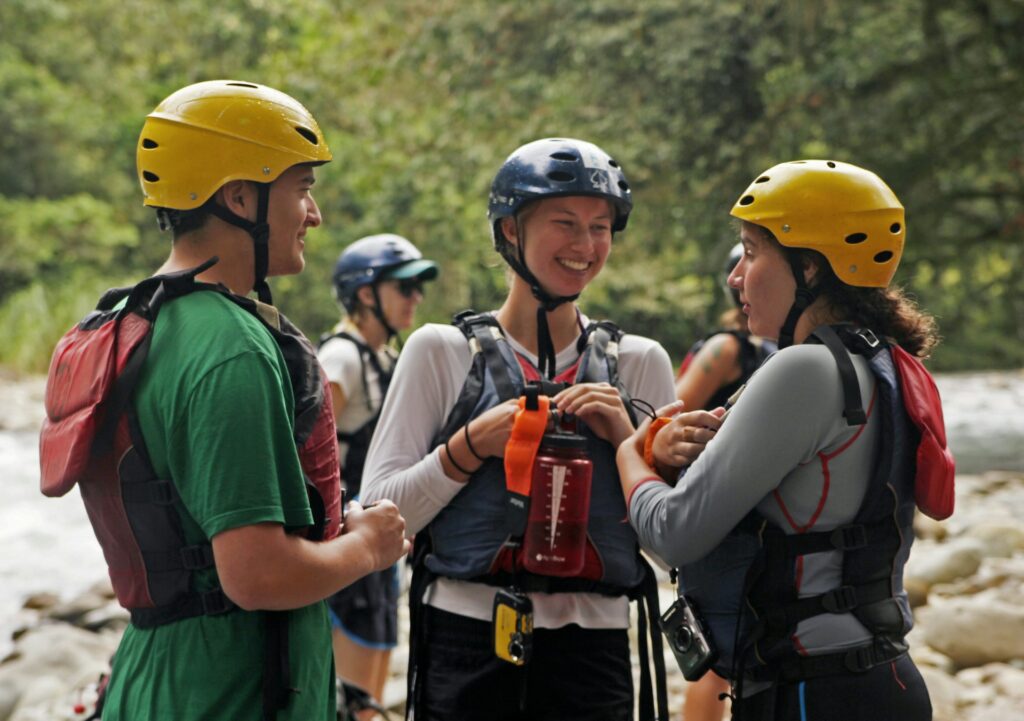
Honestly evaluate the skills required for your planned adventure and compare them with your current abilities. If you’re planning to rock climb, do you know proper rope techniques? For backcountry camping, are you comfortable with navigation using map and compass? Identify any skill gaps well in advance of your trip and make a plan to address them. Consider taking courses from organizations like REI, NOLS, or local outdoor clubs that offer instruction in wilderness first aid, navigation, climbing, paddling, and other outdoor skills. Even experienced outdoor enthusiasts benefit from refresher courses and practicing skills before major trips. Remember that developing competence not only increases safety but also enhances enjoyment by reducing anxiety and building confidence.
4. Create a Detailed Itinerary
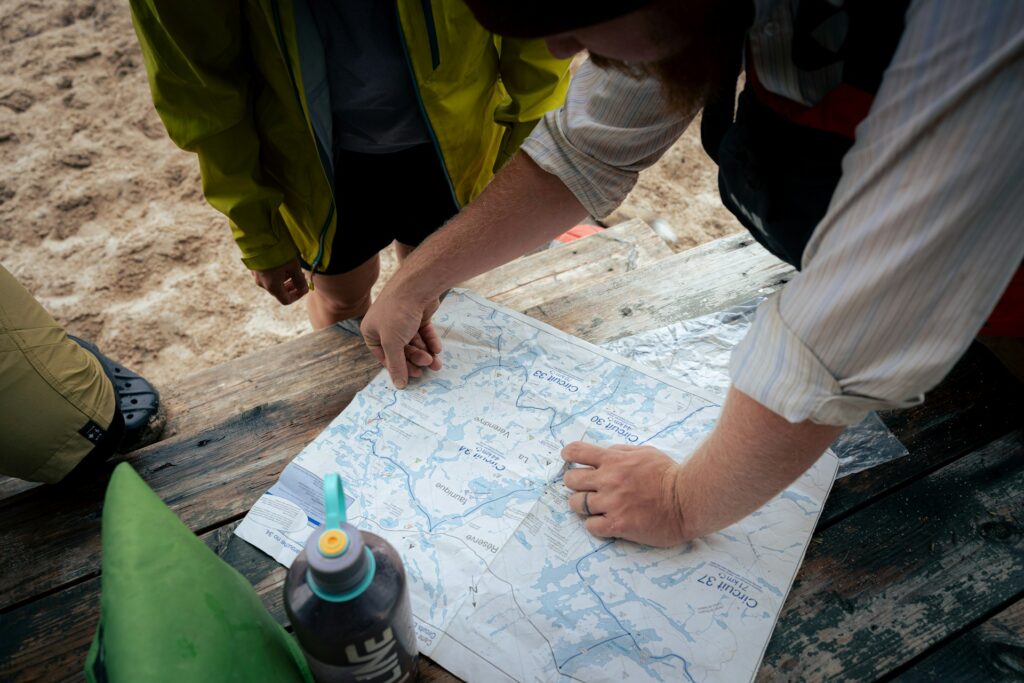
Develop a comprehensive day-by-day plan for your adventure, including distances to travel, elevation changes, planned campsites, and bailout points in case of emergency. Be realistic about what you can accomplish each day, accounting for your fitness level, terrain difficulty, and time for rest and enjoying your surroundings. Build in buffer days for unexpected delays due to weather or other factors – rushing because you’re behind schedule often leads to poor decisions. Map out water sources, resupply points, and notable landmarks along your route. While it’s important to have a solid plan, also maintain flexibility – some of the best adventure moments come from spontaneous decisions and unexpected discoveries that weren’t on the original itinerary.
5. Secure Necessary Permits and Reservations
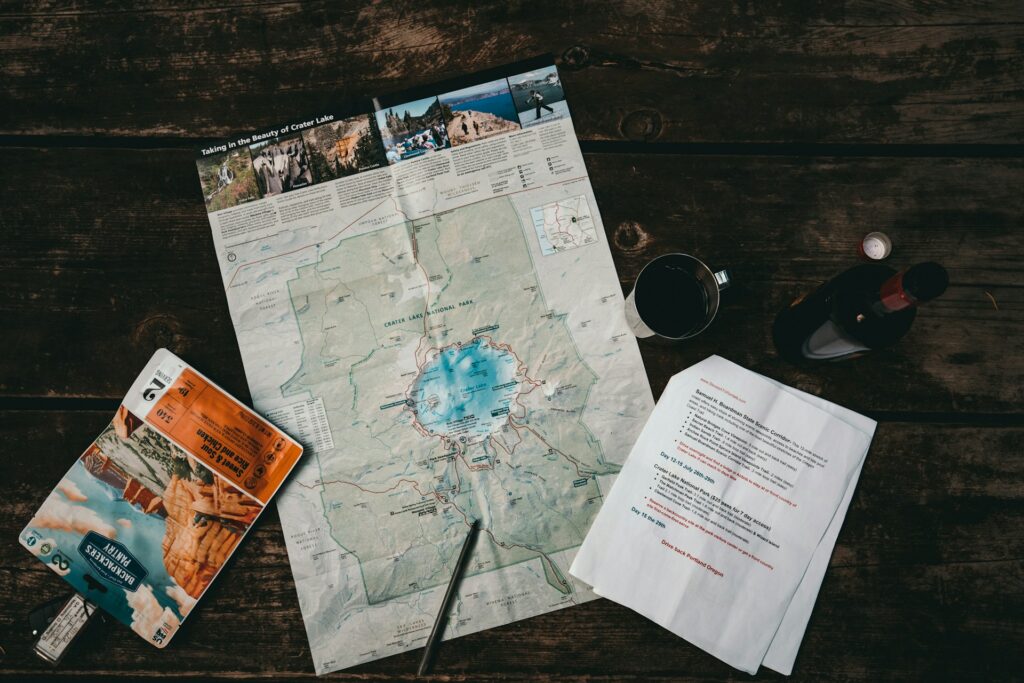
Many popular outdoor destinations require permits, which can be extremely competitive and often open for reservation months in advance. Research the permit system for your chosen area – some use lottery systems, others first-come-first-served, and some require in-person pickup. National Parks and popular wilderness areas frequently limit the number of overnight visitors, so securing these permits should be a top priority once you’ve selected your destination. Beyond wilderness permits, you may need campsite reservations, parking passes, or activity-specific permits like those for river rafting. Mark your calendar with permit application dates and set reminders – missing these windows can derail your entire adventure before it begins.
6. Assemble Your Gear List
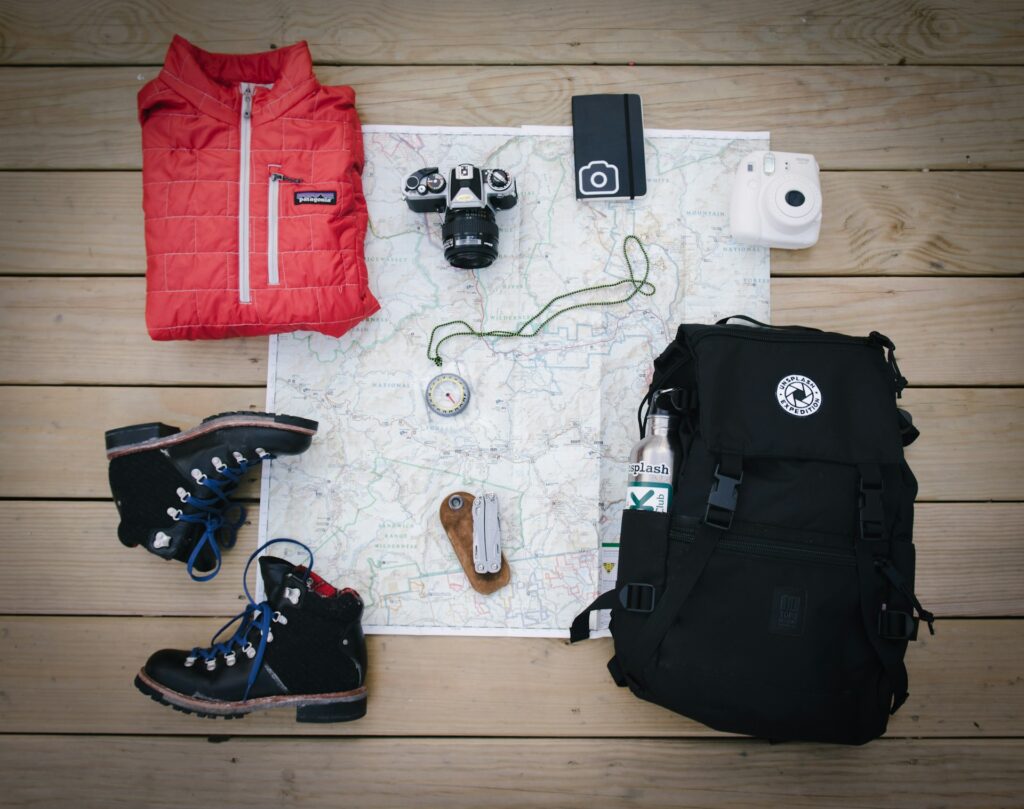
Create a comprehensive equipment list tailored to your specific adventure, considering factors like duration, weather conditions, remoteness, and activity type. Start with the essential systems: shelter, sleep, food preparation, water filtration, clothing, navigation, first aid, and emergency communication. Break your list into categories and mark which items you own, which need maintenance or replacement, and which you’ll need to purchase or rent. For multi-day trips, conduct a gear shakedown by laying out all equipment and critically evaluating each item’s necessity – extra weight directly impacts energy expenditure and enjoyment. Remember that quality gear is an investment in both comfort and safety, but expensive isn’t always better – research thoroughly and prioritize spending on items where quality matters most.
7. Plan Your Nutrition Strategy
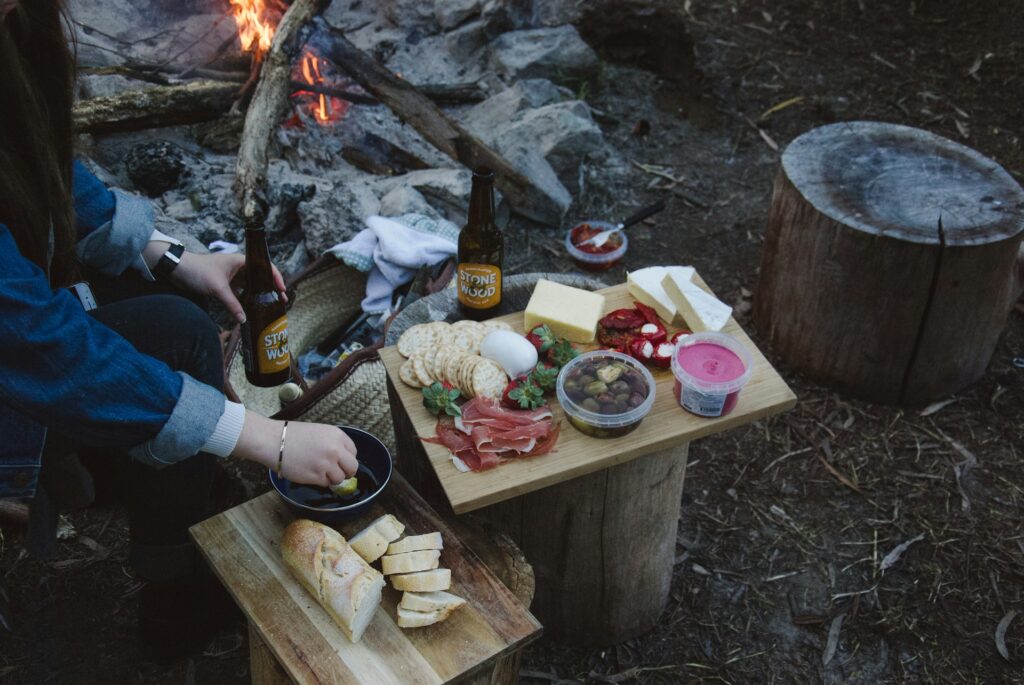
Outdoor adventures demand significant energy, making proper nutrition crucial for maintaining stamina and morale. Calculate your daily caloric needs based on activity level, elevation, climate, and personal metabolism – most people underestimate how much food they’ll need, especially in cold weather or at high altitude. Plan meals that balance weight, nutrition, preparation simplicity, and palatability – even the lightest freeze-dried meal is worthless if you can’t stomach it after a long day on the trail. Create a day-by-day meal plan including breakfast, lunch, dinner, and snacks, ensuring adequate protein for recovery and carbohydrates for sustained energy. Don’t forget to plan your water strategy – know where reliable sources are located and carry appropriate treatment methods like filters, purification tablets, or a stove for boiling.
8. Prepare Physically and Mentally
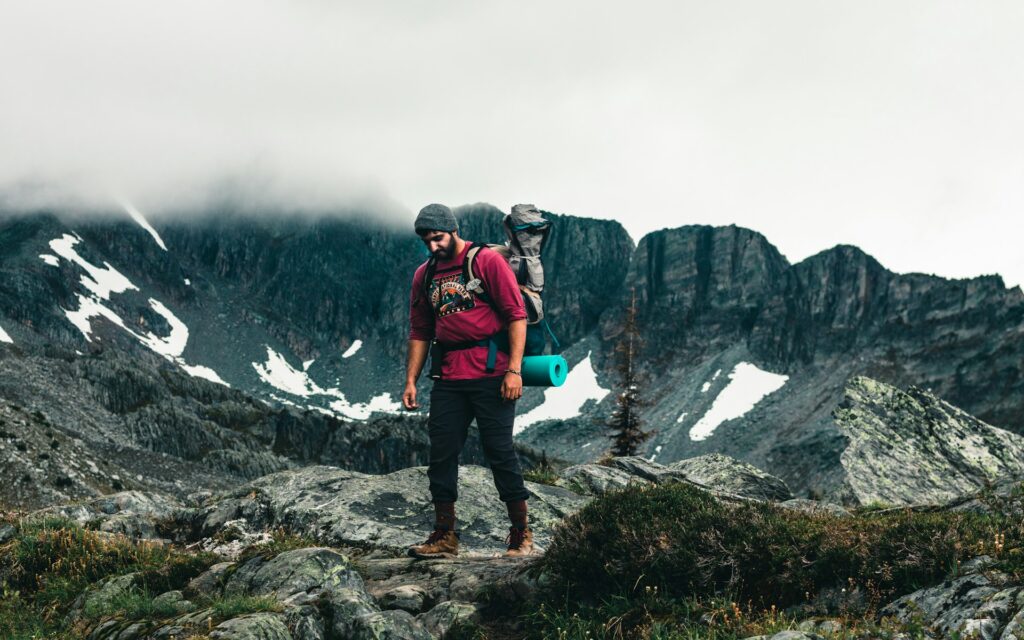
Develop a training program specific to the physical demands of your planned adventure, starting at least 8-12 weeks before departure. If you’re planning a backpacking trip, gradually increase your hiking distance and elevation gain while carrying a loaded pack. For paddling adventures, focus on upper body and core strength, along with building paddling endurance. Beyond physical preparation, mental readiness is equally important – practice positive visualization, develop strategies for managing discomfort, and build resilience through progressively challenging outings. Prepare for psychological challenges by acknowledging that difficult moments will occur and developing healthy responses to fatigue, frustration, fear, or conflict with travel companions. Remember that mental fortitude often makes the difference between persevering through challenges or abandoning your adventure prematurely.
9. Research Weather Patterns and Pack Accordingly
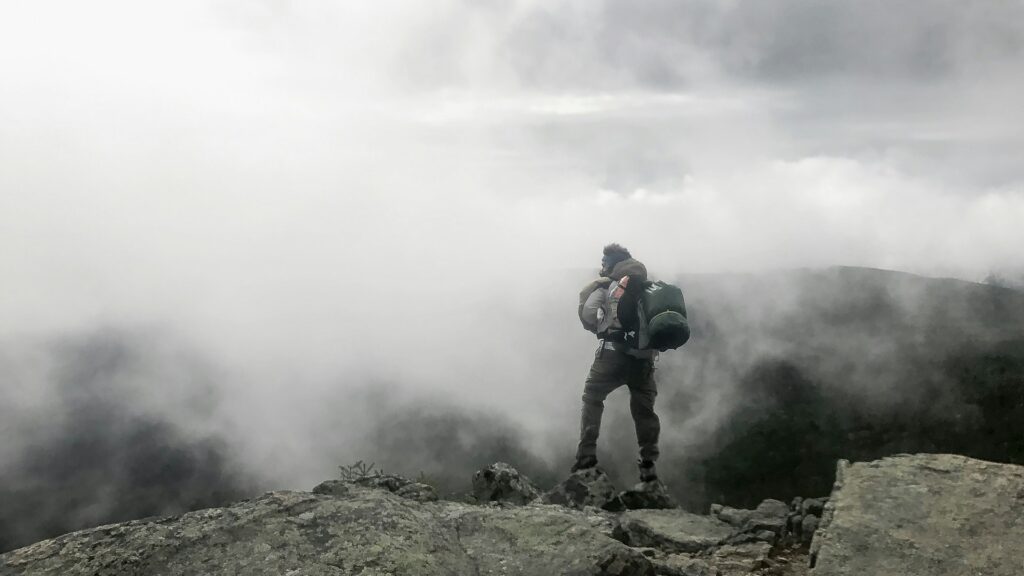
Understanding the typical and extreme weather conditions for your destination during your planned timeframe is essential for both comfort and safety. Study historical weather data, seasonal patterns, and speak with local rangers or guides who know the area intimately. Mountain regions can experience dramatic temperature swings and unexpected storms, while desert environments present challenges with extreme heat and sun exposure. Pack clothing layers that can be adjusted to changing conditions, including appropriate rain gear and insulation even if forecasts look favorable. Develop contingency plans for severe weather scenarios, including alternate routes, emergency shelters, or evacuation procedures. Remember that weather can transform familiar landscapes into hazardous environments quickly, so respecting weather warnings and being willing to change plans when conditions deteriorate is a mark of wisdom, not weakness.
10. Organize Transportation Logistics

Transportation planning involves more than simply driving to a trailhead – consider the entire journey from your home to the adventure starting point and back again. For point-to-point trips like thru-hikes or river journeys, arrange shuttles or public transportation for the return leg. Research parking regulations, road conditions, and seasonal closures that might affect access to your starting point. If flying to your destination, carefully plan how to transport gear – check airline policies regarding equipment like tents, stoves, and trekking poles, which sometimes face restrictions. For remote locations, consider rental car availability and whether you’ll need a high-clearance or 4WD vehicle to reach trailheads. Build buffer time into your transportation schedule to accommodate delays, particularly when connecting between different modes of transit.
11. Create a Detailed Safety Plan
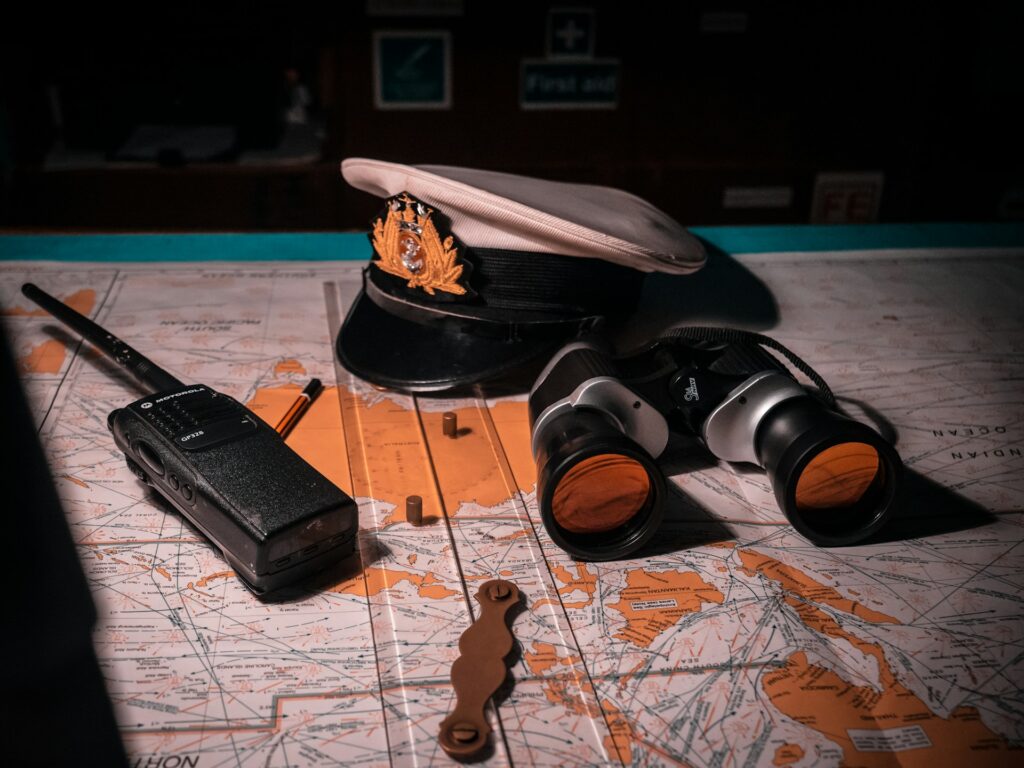
A comprehensive safety plan is your insurance policy against the unexpected in remote environments. Research common hazards specific to your destination and activity, whether that’s wildlife encounters, avalanche risk, flash floods, or extreme temperatures. Learn appropriate response protocols for each potential emergency and carry necessary safety equipment like bear spray, avalanche beacons, or personal locator beacons as warranted. Create a detailed trip plan to leave with a trusted contact, including your itinerary, expected check-in times, emergency contacts, and equipment descriptions. Establish clear protocols for what this person should do if you don’t check in as scheduled. Consider purchasing rescue insurance like that offered by Global Rescue or the American Alpine Club, which can cover costly evacuation expenses not included in regular health insurance policies.
12. Acquire and Study Navigation Tools
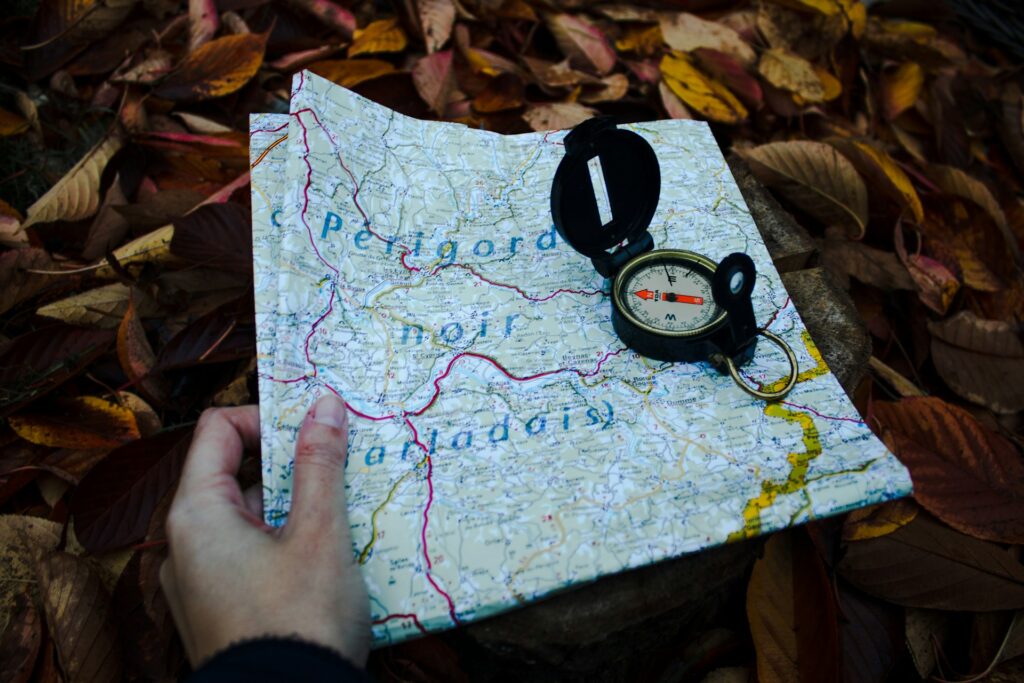
Even in our GPS-enabled world, comprehensive navigation skills remain essential for wilderness travel. Obtain detailed topographic maps and appropriate guidebooks for your destination, studying them thoroughly before departure to familiarize yourself with the terrain, potential hazards, and key landmarks. While GPS devices and smartphone apps offer convenience, they can fail due to battery issues, damage, or poor satellite reception, so always carry physical maps and a compass as backup. Practice navigation skills in familiar terrain before testing them in remote areas where mistakes have greater consequences. Learn to read weather signs, identify terrain features, and maintain situational awareness. Remember that confident navigation reduces stress and anxiety, allowing you to fully appreciate your surroundings rather than constantly worrying about whether you’re on the right path.
13. Conduct a Pre-Trip Gear Check
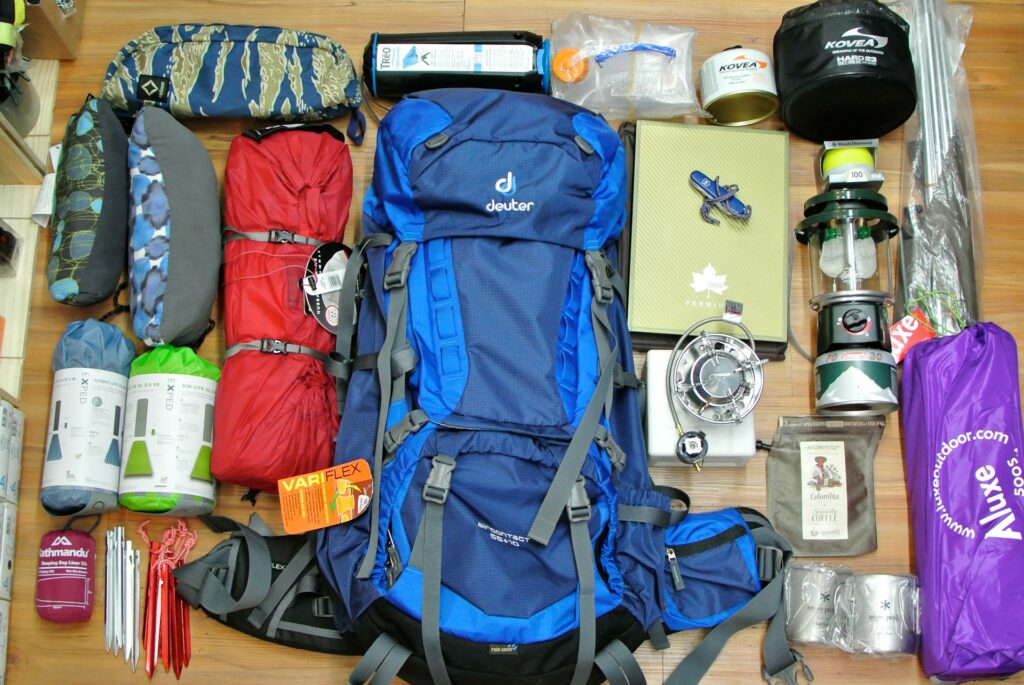
A few days before departure, perform a comprehensive gear check by setting up all equipment exactly as you’ll use it in the field. Pitch your tent, inflate sleeping pads, test your stove with the fuel you’ll be carrying, and ensure electronics are fully charged and functioning properly. Pack your backpack or gear containers as planned to confirm everything fits and weight distribution is comfortable. This practice run reveals missing items, equipment failures, or packing inefficiencies while you still have time to address them. Perform maintenance on crucial gear like water filters, stove parts, or technical equipment that might need cleaning or repair. Weather-treating key items like boots, tents, or outerwear ensures they’ll perform optimally when exposed to the elements during your adventure.
14. Learn About Environmental Ethics
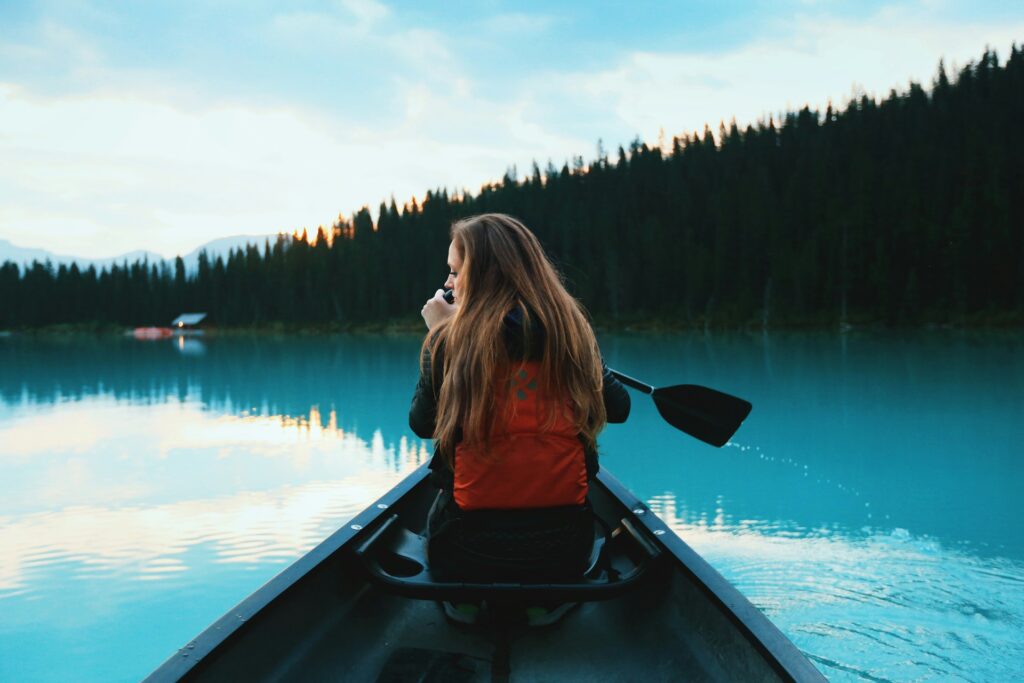
Responsible adventurers understand their impact on the natural environments they visit and take steps to minimize it. Familiarize yourself with Leave No Trace principles, which provide guidelines for sustainable outdoor recreation across seven key areas including proper waste disposal, respecting wildlife, and minimizing campfire impacts. Research any special regulations for your specific destination, such as required food storage methods in bear country, prohibited camping areas, or fire restrictions. Understand proper human waste management for your destination – whether that means using established facilities, digging catholes, or packing out waste in high-use or sensitive areas. Learning about the ecology, cultural history, and conservation challenges of your destination not only enriches your experience but helps you become an advocate for preserving these special places for future generations.
15. Conduct a Final Pre-Departure Check

The day before your adventure begins, run through a final systematic checklist to ensure nothing crucial has been overlooked. Check current weather forecasts and trail conditions, making any last-minute adjustments to your gear or itinerary as needed. Verify that your emergency contact has your detailed trip plan and understands when and how to alert authorities if you don’t check in. Ensure all electronics are fully charged, maps are accessible, and permits are printed and stored in waterproof containers. Prepare your home for your absence – stopping mail, arranging pet care, and securing your residence. Get a good night’s sleep, knowing you’ve done everything possible to prepare for a safe, enjoyable adventure. This final review provides peace of mind that allows you to be fully present and engaged once your journey begins.
Conclusion
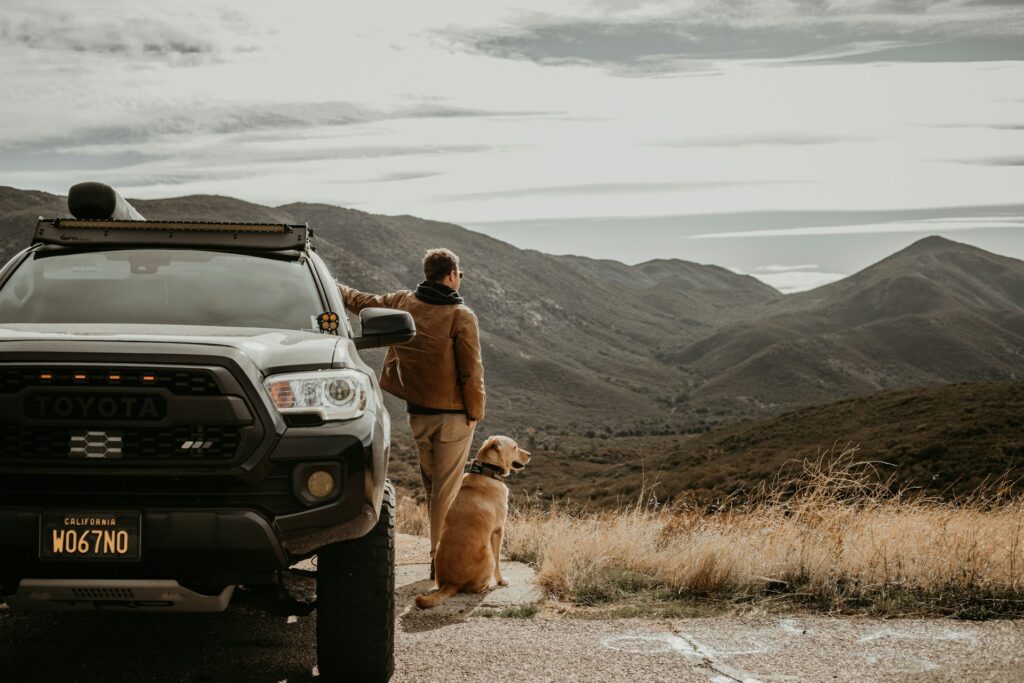
Planning an outdoor adventure from scratch might seem daunting at first glance, but breaking it down into these 15 manageable steps makes the process both approachable and thorough. Remember that meticulous preparation doesn’t diminish spontaneity – rather, it creates a foundation of safety and confidence that allows you to embrace the unexpected joys and challenges that make outdoor adventures so transformative. The planning process itself can be deeply rewarding, building anticipation and knowledge that enhances your eventual experience. As you gain experience, you’ll develop your own planning system tailored to your preferred activities and personal style. Whether your adventure leads you to towering mountain peaks, serene forests, winding rivers, or remote deserts, the time invested in thoughtful preparation will be repaid many times over in remarkable experiences and lasting memories.

